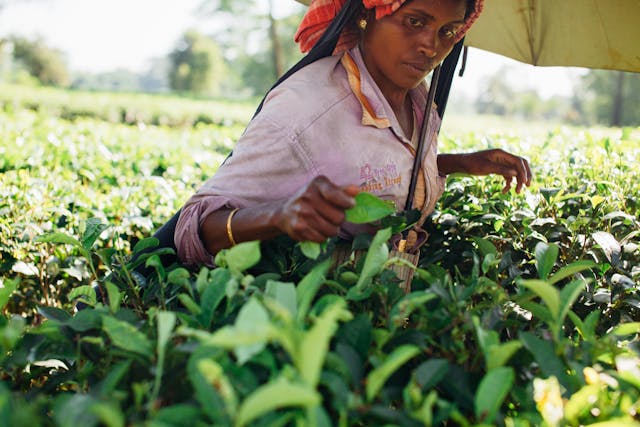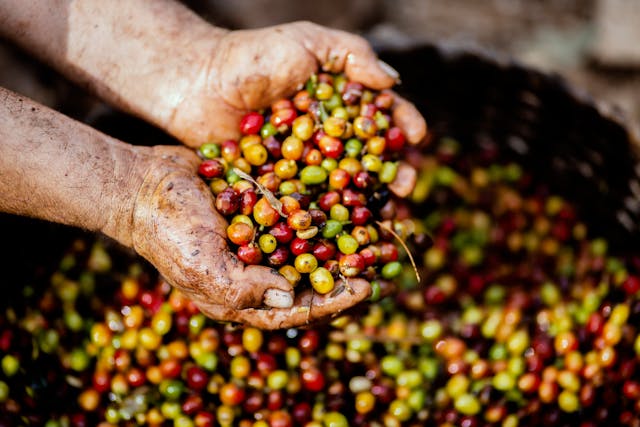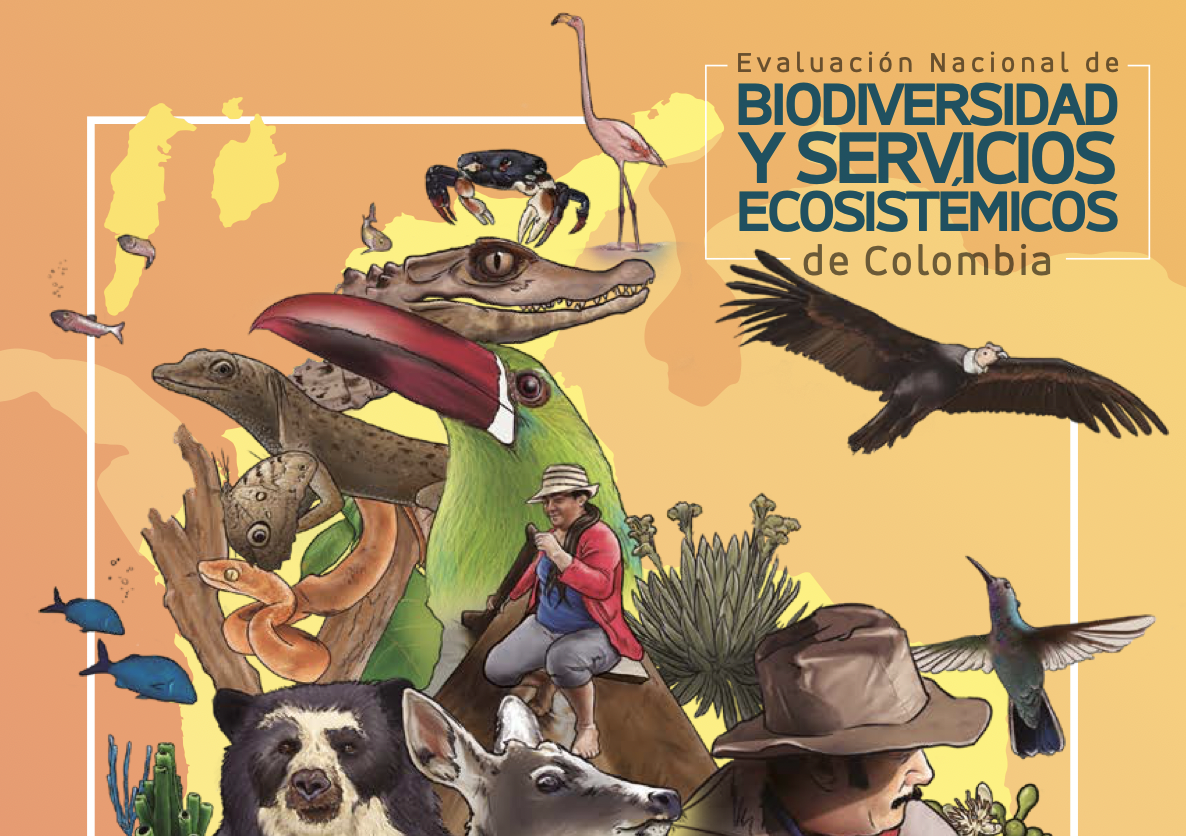This paper outlines some key factors contributing to the erosion of animal genetic resources and discusses strategic options for livestock sector policymakers to counter such erosion in their respective countries. The ratification of the Convention on Biological Diversity (CBD) in 1993 represents an international consensus to conserve biodiversity including that of farm animal and plant genetic resources, which are prerequisites for food security and the improvement of agricultural productivity. In Africa, conservation of agricultural biodiversity is inbuilt into the low input – low output production strategies of smallholder farming systems. These systems are often associated with poverty in rural areas and numerous development projects have thus sought to alleviate such poverty by promoting and subsidizing crossbreeding or modern reproductive technologies. However, uncontrolled crossbreeding has been and remains a serious threat to the conservation of local farm animal populations.
The primary policy goal for the conservation of biodiversity should focus on the diversity between and within indigenous populations of farm animals. This includes, for example, the close monitoring of crossbreeding activities with exotic breeds. The genetic and phenotypic characterization of local breeds is a prerequisite for this purpose. Economic valuation of biodiversity in general, of breeds within given production systems, and an analysis of the social welfare implications of farm animal genetic resources (FAnGR) diversity conservation, although relatively complex to carry out is also important for informed policymaking. Despite the difficulties involved, objectives for the conservation of a local farm animal population and opportunities to utilize its diversity to meet present and future market demands, to serve as insurance against environmental changes such as changes in production, socioeconomic, historic, and cultural conditions can be identified for research and development. To improve food security through the conservation of animal genetic resources in Africa, utilization of local farm animal genetic resources depends on the ability of communities to decide on and implement appropriate breeding strategies. This cannot be realized without enabling policies. It is for this reason policymakers need to be concerned and should take action now.

































































































































































































































































































































































































































































































































































































































































































































































































































































































































































































































